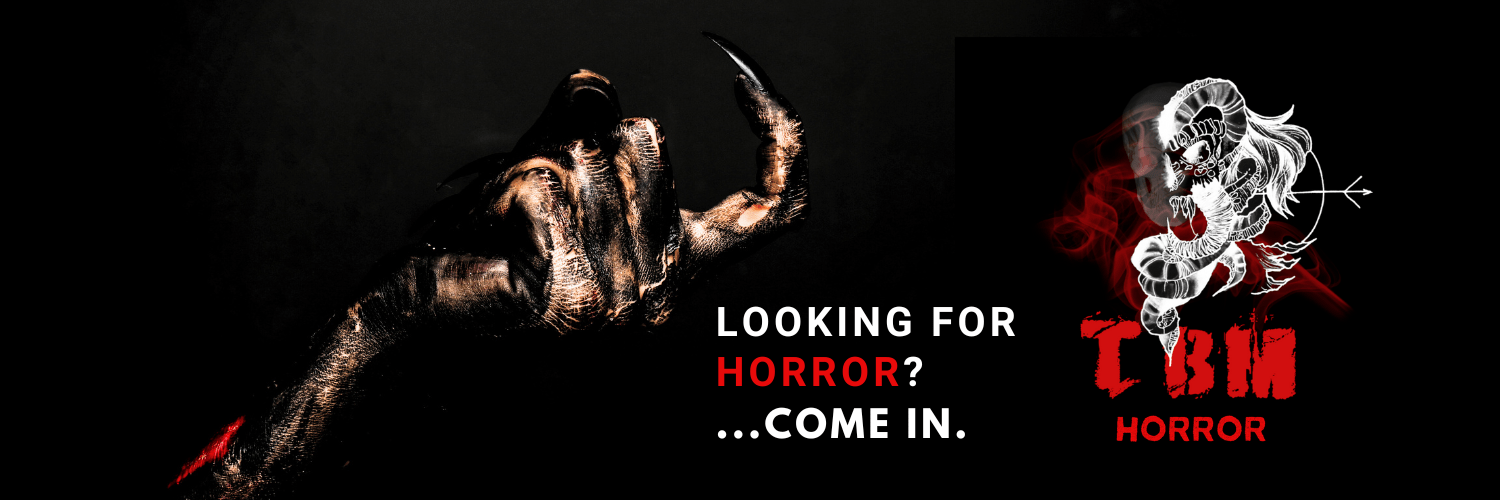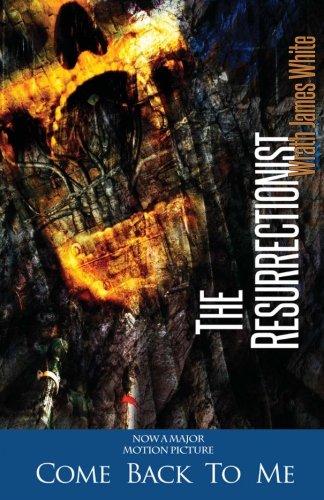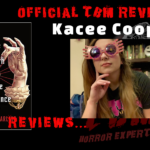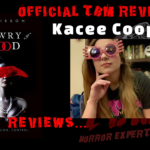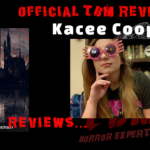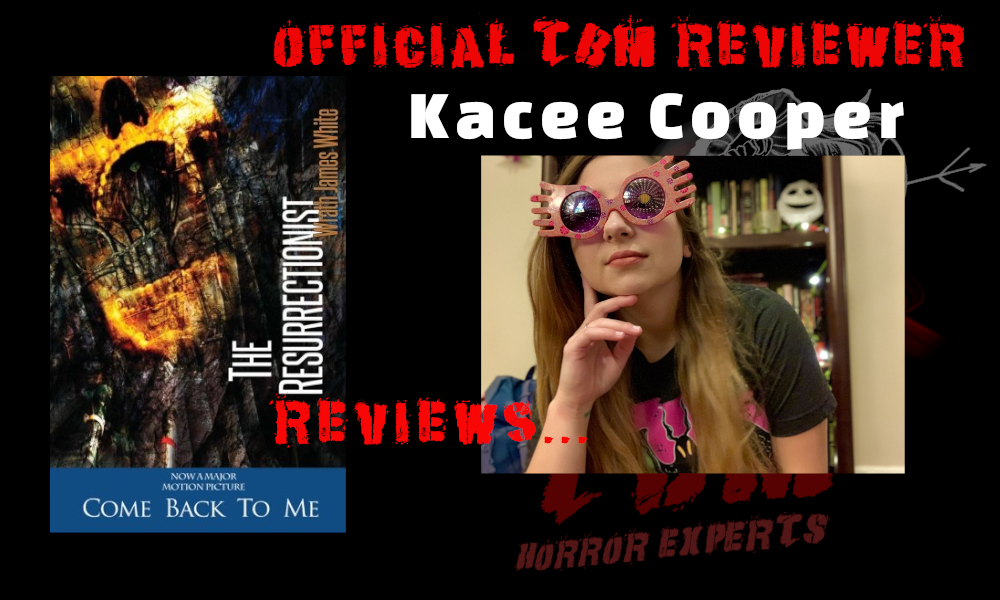
With the first name of “Wrath”, one can only imagine the insanity that will fill the pages of Wrath James White’s novel, The Resurrectionist. In this 2009 novel, readers follow the points of view from the antagonist, Dale McCarthy, as well as the protagonist, Sarah Lincoln, as their lives become intertwined in the worst possible way.
Once Dale moves in across the street from Sarah and her husband, Josh, Sarah’s nightmares become her reality, over and over again.
The novel starts with quite the memorable scene: a young Dale is watching his mother get beaten, raped, and stabbed to death by none other than his meth-addict father. Because Dale has seen all of this before, he hesitates to call the police until he sees that his mother is no longer breathing as her husband continues to assault her.
Through Dale’s eyes, readers get the visual of his mother being skinned alive, her skin being thrown into a pile throughout the process, solidifying two key things for the readers: Dale’s mother is definitely dead, and Dale is way too passive for a child who just witnessed the assault and brutal murder of his mother.
Soon after the police arrive and begin gagging and vomiting at the sight of what is left of Dale’s mother and the bloody murder scene. Despite the police’s efforts to keep Dale away from the crime scene, Dale wriggles away and begins to perform mouth-to-mouth resuscitation on his mother. After a few seconds of this, Dale’s mother’s body slowly begins to heal itself, methodically having all of the pieces come together to make her whole again, to make her alive again.
Solidifying two key things for the readers: Dale’s mother is definitely dead, and Dale is way too passive for a child who just witnessed the assault and brutal murder of his mother.
Kacee Cooper
The next several scenes provide insight to Dale’s character, specifically how he manages and uses his miracle gift to hurt and kill whoever and whatever he wants, and how this God complex has cultivated over the span of his life. It becomes apparent that Dale has no interest in using his gift for the greater good, moreover, that Dale enjoys the violence that coincides with the power he holds over his victims.
He is a maniac, an arrogant maniac, and he intends to continue this lifestyle of violence for as long as possible. In great contrast, readers are introduced to Sarah Lincoln, the novel’s protagonist. Described as a very attractive and petite blonde woman currently in graduate school, Sarah lives with her husband, a strong, ex-hockey player who is quick to use his fists when it comes to defending his wife. In an act of neighborhood kindness as Dale is moving in, Sarah and Josh walk over to his house to introduce themselves. Sarah immediately catches the attention of Dale, for she is stunningly beautiful and the girl of Dale’s psychotic dreams.
These two components of Dale’s characterization convey a more complex and utterly terrifying antagonist than a man who is simply driven by sexual desire for his victims.
Kacee Cooper
Over the course of several nights, Sarah is yanked from sleep due to the violent nightmares of her and her husband being assaulted and brutally murdered. Be it the pools of blood on her mattress, the bedsheets she wakes up in being different from those in which she fell asleep, or the realistic dreams of her assault and murder, Sarah is positive that their new neighbor is more than just creepy, he is the reason for all of these nightmares. It is for this suspicion that Sarah and Josh decide to install a camera in their bedroom, at best hoping to prove to Sarah she is simply having lucid nightmares and at worst to catch Dale in the act.
Much to their horror, the following day Sarah and Josh watch the video from the night before and see that all of their fears and suspicions are true; they watch the video that recorded Dale breaking into their home, assaulting them both, violently murdering them, then bringing Sarah and Josh back to life.
If I may speak honestly, I will say that the sexual violence that saturates this novel came as a surprise to me, even after reading the synopsis on the back of the book. For those readers that love the violence, the gore, the brutality, and are hardly taken aback by obscene content, this is a book that fits the bill.
The torture scenes and the kills were awesome- bring on the violence, I love to see it. I even think the murder and torture scenes could have been more detailed and vile, giving the readers a blood-soaked image of how cruel and psychotic Dale McCarthy is as a character. However, I will say that I think Smith went a bit too far with certain components of the plot, especially the sheer amount of sexual violence- be it a current day plot point, from a character’s childhood trauma, or in reference to previous victims of Dale McCarthy.
As I was reading, it felt like every other page included a horrific sexual assault simply for the sake of shock value. This made, in my opinion, Dale to be somewhat of a one dimensional character whose sole purpose is to sexually violate women he finds attrative which would be a crude simplification of the complexity of Dale’s characterization.
Personally, I believe what makes Dale such a terrifying character can be broken down into two main components: Firstly, he is well aware that he is a weak, ugly, poorly-endowed man with the sexual prowess of a pile of garbage, and he has been treated as such by everyone he encounters his whole life, even by his mother. Because of this overwhelming sense of inferiority within Dale and the fact that he somehow is “blessed by God ” with this gift of resurrection, it cultivates this hunger for power over others and a desire to belittle and humiliate any person that represents all that he lacks.
And secondly, Dale uses his ability to not only take back the power that has been missing his whole life, but to take it back in a way that utterly destroys those he targets. In this novel, he targets Sarah because she is beautiful, smart, sexy, and unobtainable; Dale knows he can never have a woman like her. Similarly, he targets her husband Josh because he is strong, attractive, and everything he will never be as a man.
These two components of Dale’s characterization convey a more complex and utterly terrifying antagonist than a man who is simply driven by sexual desire for his victims. Dale does not misuse his gift because he wants to sleep with these women and knows he could not under normal circumstances; Dale abuses his gift by completely dehumanizing his victims, making them feel as weak and powerless as he has felt all his life in a way that violates every aspect of their being.

Kacee Cooper
As an English literature teacher obsessed with words and phrases and the delicacy of their combination, I grew up reading many Jane Austen novels whose protagonists are well-spoken and even better on the page. I remember these characters expressing their truest feelings in the most thoughtful manner, detailing their love and desire for each other. But then I discovered horror. Just like any other creature with an insatiable love for the dead (and all the scary parts before and after it), I have found that profound literature isn’t something that exists only in classic literature.
